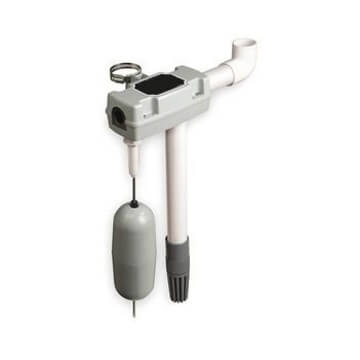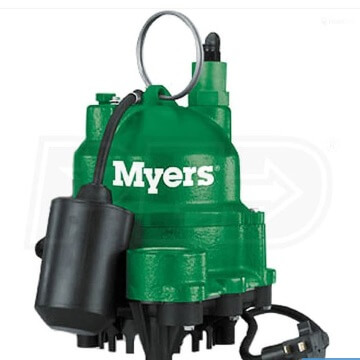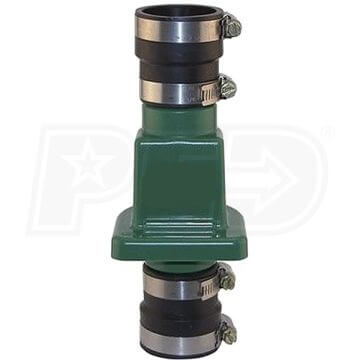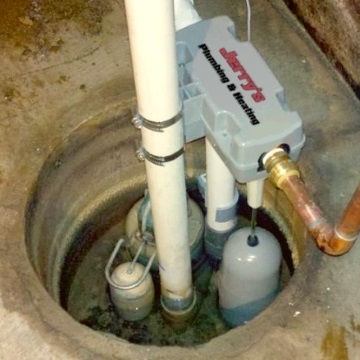How to Avoid Costly Flooding Damage
4 Main Parts of Your Sump Pump System
Jerry’s Plumbing & Heating
30 March 2018
There are only two kinds of basements: Those that are wet, and those that are going to be wet. The question isn’t “if” you’re going to have water in your basement, but “when.”
Sump Pump Pit
Your sump pump pit, if designed properly, collects all the excess water surrounding your house that makes its way into your basement. The first thing you have to do is make sure rainwater runs away from your foundation using proper downspouts and drain pipes.
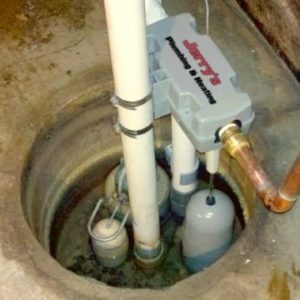 But during heavy rains, especially if you have a high water table in your area, some water will leak into your basement.
But during heavy rains, especially if you have a high water table in your area, some water will leak into your basement.
Remember, since water will get into your basement, you want it to collect in the sump pit and not in the carpet, furniture or whatever else you keep down there. Make sure your sump pit is clean and free of debris.
It’s also worth noting that most homeowners’ insurance doesn’t cover flood damage. Invest in some “insurance” in the form of a sump pump system that can virtually eliminate water damage in your basement.
“The US Department of Housing and Development estimates the average life expectancy of a sump pump at ten years.“
Sump Pump
When the water level gets to a certain level in the sump pit, your sump pump springs into action, and pumps the water out away from your house, keeping your basement dry!
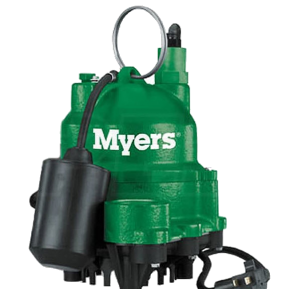 But since a sump pump is just a machine, it can fail if not properly maintained or if it has reached the end of its useful life. The US Department of Housing and Development estimates the average life expectancy of a sump pump at ten years. It may be time to replace that old sump pump.
But since a sump pump is just a machine, it can fail if not properly maintained or if it has reached the end of its useful life. The US Department of Housing and Development estimates the average life expectancy of a sump pump at ten years. It may be time to replace that old sump pump.
Check Valve
Most people neglect the third part of sump pump system – the check valve. A check valve allows water in the drain pipe to flow in only one direction. 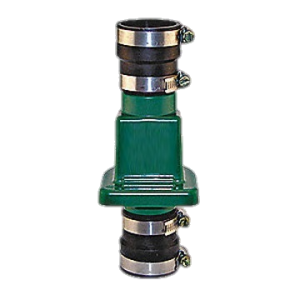 It keeps the water being pumped out of your basement from flowing right back in through that same drain pipe.
It keeps the water being pumped out of your basement from flowing right back in through that same drain pipe.
An old, dirty, clogged or worn out check valve can fail and cause 100s or 1000s of dollars in damage. Just install or replace it.
Sump Pump Backup
Usually, when your sump pump needs to be running is during heavy rainfalls. Often that rainfall is accompanied by other weather phenomenon, namely lightning and wind. Lightning and wind can knock out power and when that power is running your sump pump, well, you can guess what happens. Basement Flooding! AND COSTLY DAMAGE!
How can you avoid this? Always have a backup pump. But battery backups often fail because the batteries are dead from being old or because the power has been out so long the batteries die.
The best kind of backup sump pump is water-powered. If you have a reliable water source this backup sump pump will keep your basement from flooding.
Call Us Today
Don’t Put Off the Inevitable
Finally, know this truth. There is no such thing as a basement that won’t get wet! Even in the best sealed basements, water will get in through minor seepage, but EVERY basement will get water.
Don’t spend all your time and money trying to put off the inevitable. Arrange your basement so that when the water does come in, it will do little or no damage. Don’t put anything that you don’t want to get wet in your basement. When you store stuff, put it up on shelves, NOT on the floor.
We have been flooded (no pun intended) with phone calls from many people looking for advice on how to handle their wet basement problems.
The answer is a good sump pump system. You need a clean sump pit, a new or at least well-maintained sump pump, a water-powered backup pump, and a new or clean check valve.



